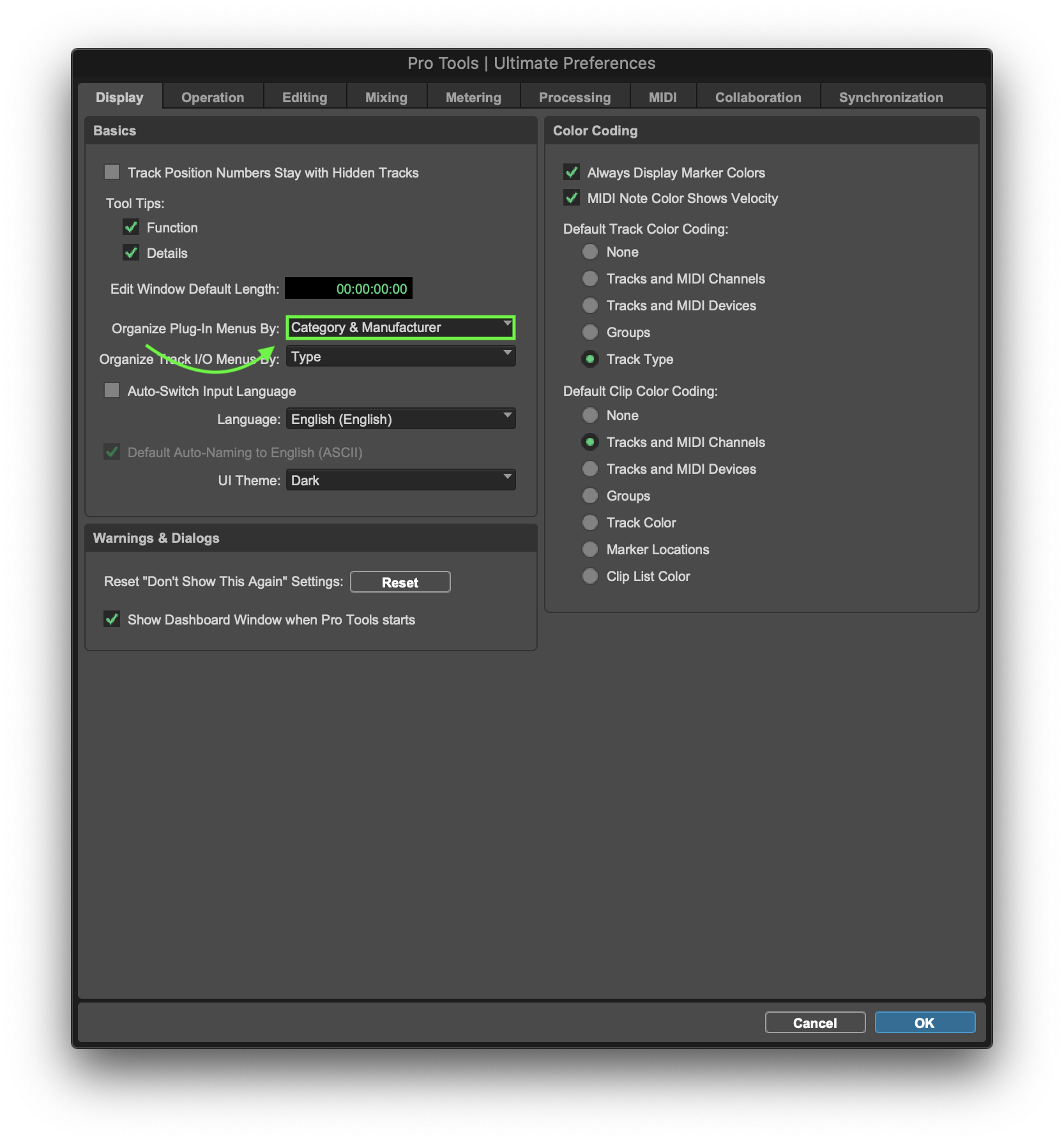

PROTOOLS 12 AND SIERRA MAC

Boot your Mac into Recovery Mode by restarting with Command-R held down until the Apple logo appears.To disable tailspind and spindump we need that flexibility, and that means temporarily disabling System Integrity Protection (SIP).

This has the benefit of helping keep your system files pure and malware-free, with the cost of flexibility. MacOS High Sierra 2 includes System Integrity Protection, which means that certain files are untouchable and uneditable. Disabling tailspind and spindump on macOS High Sierra It feels like I rewound 4 years in terms of general usability. Reboots are no longer something I dread, battery life is much better, and, quite frankly, my machine is fully usable again. My MacBook Air wakes up quickly and is immediately responsive. Given this, I set about disabling spindump and tailspind, and my life has been blissful ever since. And, generally-speaking, the “why?” behind the extra CPU usage is already known, too. I certainly don’t need extra CPU resources dedicated to telling me that something I’ve decided to run is using the CPU. I looked at the logfiles created by spindump/tailspind and they (basically) told me what I already knew: some process needed a significant amount of work done and my 6-year-old CPU took longer than some pre-set limit to do it. In the interim it would be tailspind and spindump consuming a majority of the CPU while the processes you actually want to run tried to squeak by. This would go on until finally everything had finished. The problem is that it would create a cascading scenario of constrained CPU resources where one app would run, then spindump/tailspind would run, consuming CPU of its own, causing other apps to run for too long, causing spindump/tailspind to fire up again … and so on and so forth. It’s this second case that kept happening to me, and possibly to you. Some application or process would consume maximum CPU for some period of time (30 seconds seems to be the general consensus), and then tailspind and spindump would fire up to take a snapshot of what was going on for future debugging purposes.An application asks tailspind and spindump to take a snapshot of the state of that application and write it out to disk, or.Research led me to these two very loosely-defined scenarios where tailspind and spindump would decide to run 1: When that was happening, Activity Monitor and/or iStat Menus would show two system processes chewing up CPU: tailspind and spindump.
PROTOOLS 12 AND SIERRA FULL
Apple’s macOS High Sierra introduced enough performance enhancements that my dual-core, 2011 MacBook Air felt like it had new life breathed into it. Occasionally, though – and more and more frequently recently – events would cascade such that my CPU would run at full tilt for 5-10 minutes before finally settling in.


 0 kommentar(er)
0 kommentar(er)
